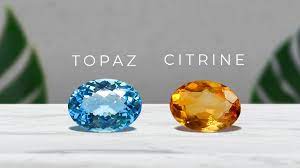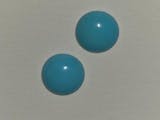
SKU:
This natural 5mm Peridot gemstone features an Asscher cut, showcasing vibrant green hues with exceptional clarity and a beautifully crisp finish — perfect for custom-made designs.
Description
Clarity: Eye clean
Treatment: Heated gemstone
Reviews
We Also Recommend











